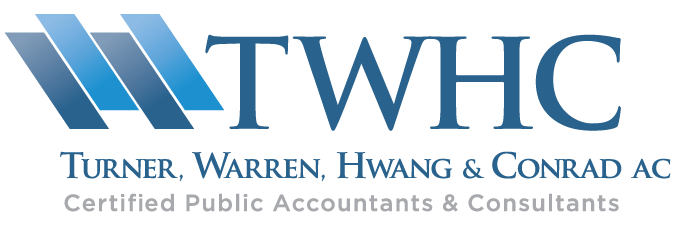Teens and young adults often go into business for themselves over the summer or after school. This work can include babysitting, lawn mowing, dog walking, or other part-time or temporary work. When a teen or young adult is an employee of a business, their employer withholds taxes from their paycheck. However, when classified as independent contractors or self-employed, they’re responsible for paying taxes themselves.
Here are six things to keep in mind:
- Everyone, including minors, must file a tax return if they had net earnings from self-employment of at least $400.
- If they owe taxes, teens and young adults should file their own tax returns, even if their parent or guardian claims them as a dependent.
- Teens and young adults can prepare and sign their own tax returns. There is no minimum age to sign a tax return.
- Parents can’t claim a dependent’s earned income on their own tax return.
- In addition to income tax, self-employed people are generally responsible for self-employment tax as well. It’s like the Social Security and Medicare taxes withheld from the pay of most wage earners.
- Teens and young adults can lower the amount of tax they owe by deducting certain expenses.
What young entrepreneurs should do to keep on top of their tax responsibilities:
Keep records. It’s good to make and keep financial records and receipts during the year. Recordkeeping can help track income and deductible expenses and provide the information needed for a tax return.
Pay estimated tax, if required. If a teen or young adult is being claimed as a dependent and expects to owe at least $1,000 in tax for 2023, they must make estimated quarterly payments. They should pay enough tax on time to avoid a penalty. They can use one of these forms to calculate their estimated taxes:
- Form 1040-ES, Estimated Taxes for Individuals
- Form 1040-ES NR, U.S. Estimated Tax for Nonresident Alien Individuals
If a taxpayer also has a job where their employer withholds tax, they can request that their withholding be increased to cover their estimated taxes from their self-employed income. That way, they don’t have to pay estimated tax separately. The Tax Withholding Estimator on the IRS website is a great tool to help wage earners figure out how much they should withhold.
File a tax return. When tax season rolls around, young taxpayers can review the information and forms, gather their records, and e-file their tax returns. When preparing to file a tax return, they should review all their records, including any estimated tax they’ve already paid.
Anyone who owes taxes can pay electronically through Online Account and IRS Direct Pay. If you need assistance with these and other tax issues, please call.





